Authors
No matching authors found
Try adjusting your search criteria
Advertisement
Advertisement
Trending on Drug Topics
1
ACIP Vote Eliminates Universal Recommendation for Newborn Hepatitis B Vaccine
2
Trump Administration Looking to Bypass PBMs Through Online DTC Pharmacy
3
Pharmacists Now Authorized to Independently Prescribe Buprenorphine
4
Pharmacists Remain Health Care Focal Point as Vaccine Recommendations Change
5




